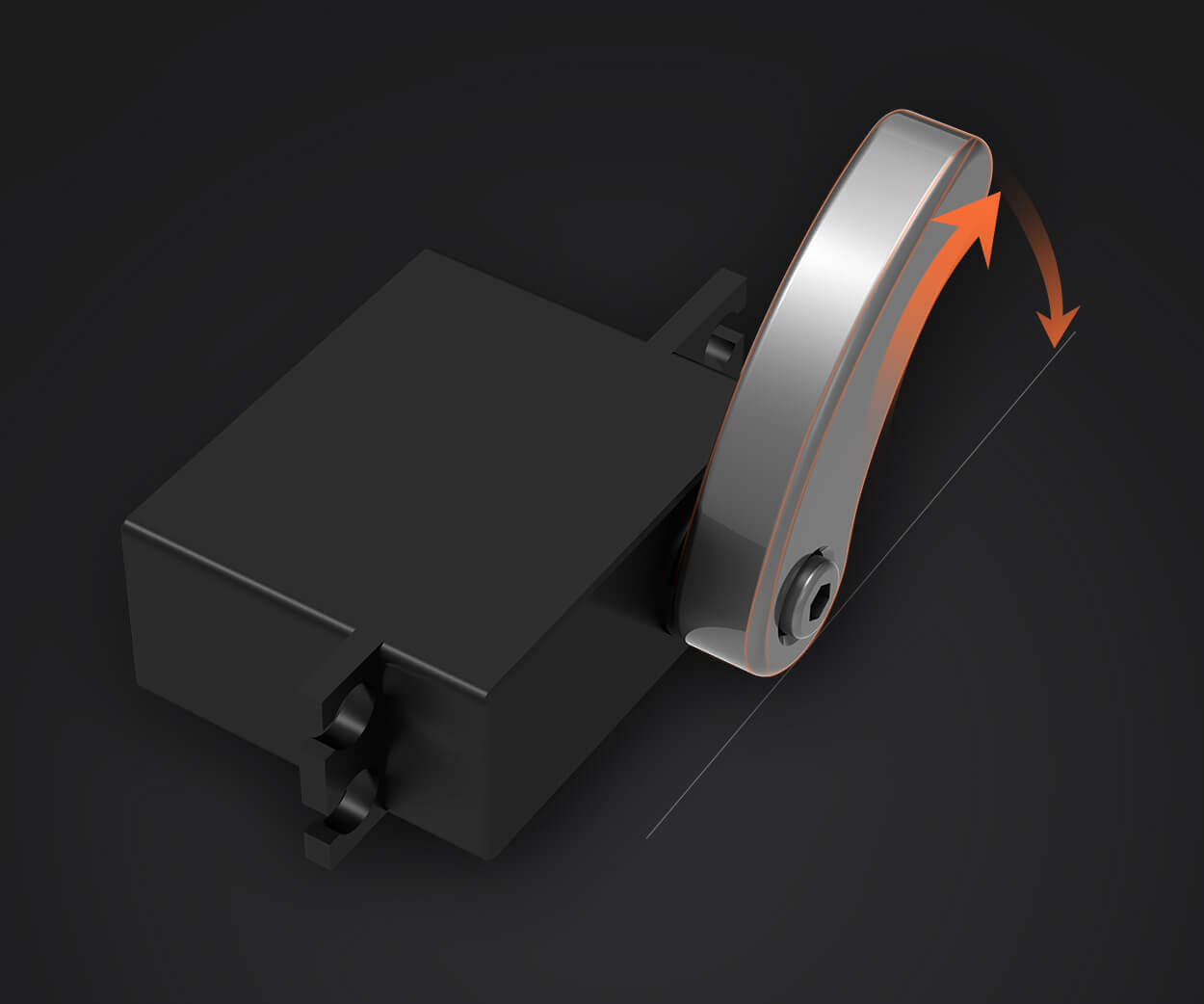part 1:
In a world racing toward automation and technological sophistication, the humble servo motor stands out as a powerhouse of precision and agility. From robotic arms assembling tiny electronics to sophisticated drones navigating complex environments, servo motors are at the heart of modern movement and control systems. But what exactly makes these components so indispensable? And how do they work in concert with controllers to achieve the remarkable feats we often take for granted?

At its core, a servo motor is a rotary actuator capable of positioning the shaft with high accuracy, speed, and repeatability. Unlike simple motors, which run continuously and without precise control, servo motors are designed to respond to specific commands, adjusting their position, velocity, or torque accordingly. This intelligent responsiveness is what makes them the backbone of advanced automation systems.
The Anatomy and Function of a Servo Motor
Servo motors typically comprise a small electric motor—often brushed or brushless DC—paired with a feedback device such as an encoder or resolver. This feedback device continually transmits data about the motor's current position back to a controller. The controller then compares this data to the desired position and calculates any necessary adjustments. This closed-loop system ensures that the motor's output aligns precisely with the target, even under varying loads or external disturbances.
Brushless DC servo motors have gained popularity due to their efficiency, low maintenance, and ability to deliver high torque at various speeds. Their design eliminates brushes and commutators, components prone to wear and tear, which translates into longer service life and smoother operation. Meanwhile, brushed motors are often appreciated in applications where cost is a significant factor or where simple control suffices.
The Crucial Role of the Servo Controller
While the servo motor is the actuator doing the physical work, the real magic lies within the servo controller—an intelligent brain orchestrating precise movements. The controller processes inputs from users or automated systems, interpreting commands that specify desired positions, speeds, or torques. It then generates suitable electrical signals to command the motor.
Servo controllers come in many forms, from simple analog devices to complex digital systems embedded with sophisticated algorithms. In industrial environments, digital servo controllers are preferred for their ability to integrate seamlessly with programmable logic controllers (PLCs), human-machine interfaces (HMIs), and other automation infrastructure. They provide adjustable parameters like acceleration, deceleration, and torque limits, granting engineers fine-grained control over the system.
Feedback and Control Loops: The Heartbeat of Precision
At the core of a servo system is the feedback control loop, often implemented via proportional-integral-derivative (PID) algorithms. This loop continuously measures the motor's actual position from the feedback device and compares it to the target. Any discrepancies, called errors, prompt the controller to modify the control signals, nudging the motor toward the desired state.
This closed-loop approach allows servo systems to compensate for external disturbances, such as unexpected loads or friction, maintaining high accuracy and repeatability. The speed at which these adjustments happen—known as the loop response—is critical to the system’s stability and performance.
Applications in Modern Industries
Servo motors and controllers are everywhere, but their presence is most notable in areas demanding high precision and dynamic responsiveness:
Robotics: From industrial robotic arms assembling delicate electronics to humanoid robots mimicking human gestures, servo systems make precise movements possible. CNC Machinery: Computer Numerical Control (CNC) machines depend on servo motors for accurate tool positioning, ensuring complex parts are machined with micron-level precision. Aerospace and Defense: Drones, missile guidance systems, and satellite mechanisms rely on servo control to achieve precise orientation and maneuverability. Automotive: Modern vehicles incorporate servo motors in electric steering, adaptive suspensions, and autonomous driving systems. Medical Equipment: MRI machines, surgical robots, and other medical devices employ servo systems for highly accurate operations.
Advantages of Using Servo Motors and Controllers
The synergy between servo motors and controllers offers several compelling benefits:
High Precision: Accurate position and speed control down to micron levels. Dynamic Response: Fast response times enable seamless operation even in complex movement sequences. Efficiency: Controlled energy consumption and optimized performance reduce operational costs. Flexibility: Programmable parameters facilitate customization for diverse applications. Durability: High-quality servo systems can operate reliably over long periods, often demanding minimal maintenance.
Choosing the Right Servo System
Selecting the appropriate servo motor and controller involves considering several factors:
Load Requirements: Heavy loads need high-torque motors with substantial power reserves. Accuracy Needs: Applications demanding extreme precision require high-resolution feedback devices. Speed Range: Some applications prioritize high-speed motion, while others focus on slow, deliberate movements. Environment: Harsh environments with dust, moisture, or vibration may necessitate specialized, ruggedized servo systems. Budget Constraints: Cost-effective brushed motors may suffice for simple tasks, while high-end brushless systems suit demanding environments.
The Future of Servo Technology
Innovation continues to propel servo technology forward. Emerging trends include integration with machine learning algorithms, enabling adaptive control strategies that improve over time. Advances in materials and manufacturing are yielding lighter, more efficient servo motors, opening new frontiers in mobile robotics and wearable devices.
Moreover, the rise of IoT (Internet of Things) connectivity allows servo systems to be monitored, diagnosed, and optimized remotely, creating smarter factories and more resilient automation networks. As automation sprawls into new domains—medical breakthroughs, space exploration, and beyond—the role of servo motors and controllers will only expand, underscoring their vital importance.
Kpower has delivered professional drive system solutions to over 500 enterprise clients globally with products covering various fields such as Smart Home Systems, Automatic Electronics, Robotics, Precision Agriculture, Drones, and Industrial Automation.




































